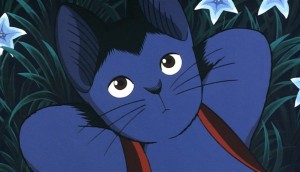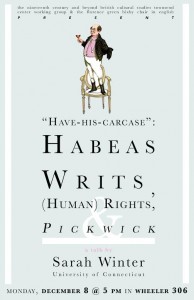The Selbst Gewählter Plan: The Schildbach Wood Library in Eighteenth-Century Hessen-Kassel
by Alice Goff
Representations 128
 “In the last decades of the eighteenth century, Carl Schildbach, an unremarkable man living in Kassel, created a remarkable object: a library consisting of 546 intricate wooden boxes of various sizes styled as books and approximating folio, octavo, and duodecimo formats. Nearly every volume was made of a different species of tree, with 120 genera and 441 species represented. The trees were gathered from the forests and estates of the landgrave, where the uneducated Schildbach lived and was employed as the caretaker of the menagerie. In 1788 Schildbach printed a pamphlet announcing his ‘Holz-Bibliothek nach selbst gewähltem Plan’ or ‘Wood Library According to Self-Determined Plan,’ which had, ‘through inexhaustible skill, practical research, and repeated revision been bought to the state of completion in which it may be found presently.’” Continue reading …
“In the last decades of the eighteenth century, Carl Schildbach, an unremarkable man living in Kassel, created a remarkable object: a library consisting of 546 intricate wooden boxes of various sizes styled as books and approximating folio, octavo, and duodecimo formats. Nearly every volume was made of a different species of tree, with 120 genera and 441 species represented. The trees were gathered from the forests and estates of the landgrave, where the uneducated Schildbach lived and was employed as the caretaker of the menagerie. In 1788 Schildbach printed a pamphlet announcing his ‘Holz-Bibliothek nach selbst gewähltem Plan’ or ‘Wood Library According to Self-Determined Plan,’ which had, ‘through inexhaustible skill, practical research, and repeated revision been bought to the state of completion in which it may be found presently.’” Continue reading …
Goff’s essay looks at how Schildbach’s wood library addressed the gap between the materials of nature and the materials of nature’s explanation, which troubled efforts to know and manage the forest in this period.
ALICE GOFF is a graduate student in the history department at the University of California, Berkeley, where her research focuses on the relationships between ideas and objects in the history of museums. She is working on a dissertation about the physical interactions between people and artworks in the first public art museums in German cities from 1779–1830.


